Home>Home Appliances>Home Automation Appliances>How To Set Humidity On Thermostat
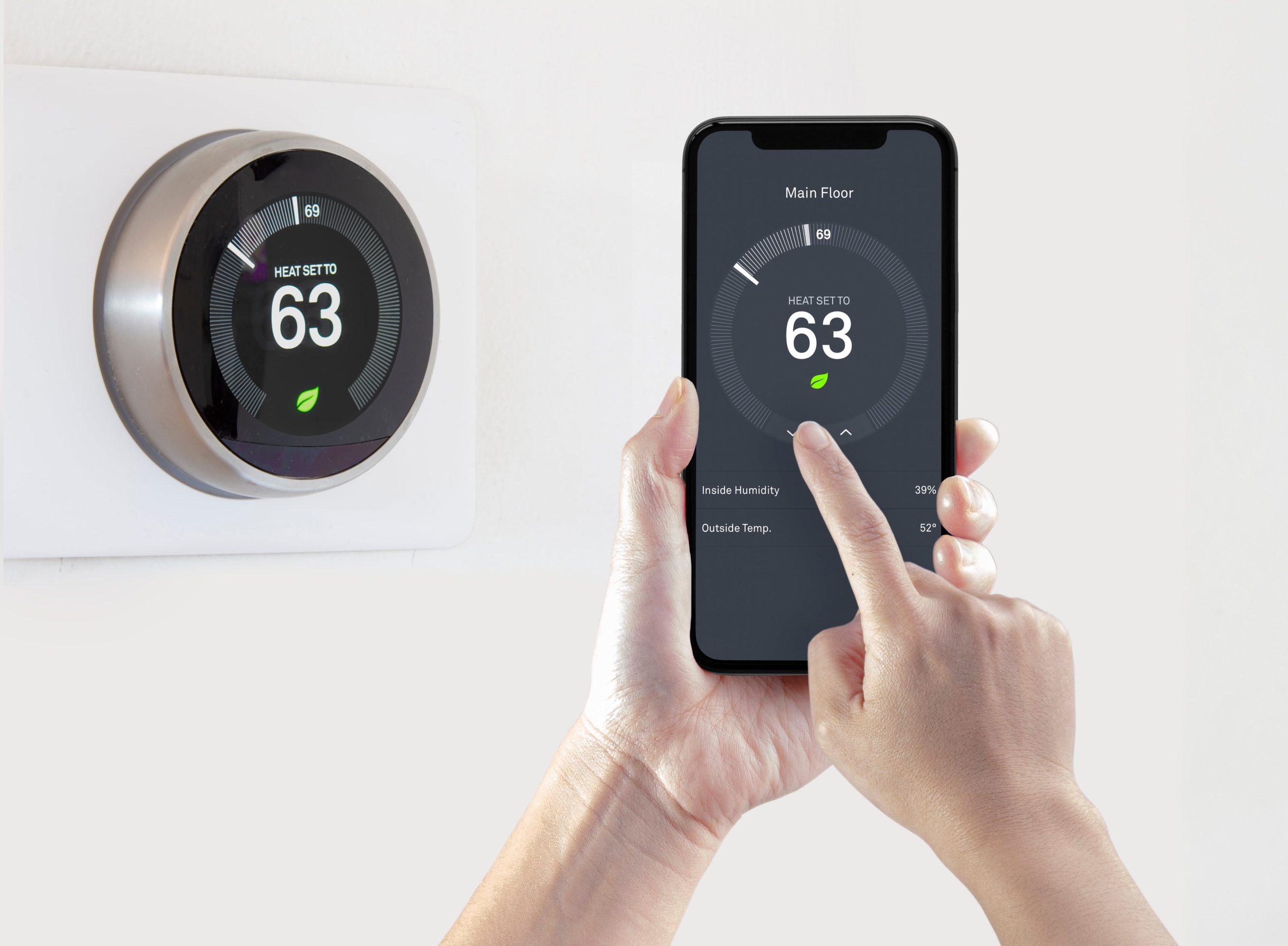

Home Automation Appliances
How To Set Humidity On Thermostat
Published: January 1, 2024
Learn how to set the humidity on your thermostat for optimal comfort and energy efficiency. Explore the latest home automation appliances to simplify your life.
(Many of the links in this article redirect to a specific reviewed product. Your purchase of these products through affiliate links helps to generate commission for Storables.com, at no extra cost. Learn more)
**
Introduction
**
Welcome to the world of home automation, where convenience and comfort converge to simplify daily living. In this digital age, the integration of smart technologies has revolutionized the way we interact with our living spaces, offering unparalleled control and customization. Among the myriad features of smart home devices, the ability to regulate indoor humidity through a thermostat stands as a testament to the advancements in home automation.
As we delve into the intricacies of setting humidity on a thermostat, it is essential to comprehend the significance of maintaining optimal humidity levels within our homes. By understanding the principles of humidity regulation and its impact on overall well-being, we can harness the full potential of this technology to create a harmonious and healthful indoor environment.
Join me on an enlightening journey as we explore the nuances of humidity control, unravel the importance of setting humidity on a thermostat, and uncover the step-by-step process to achieve the ideal humidity levels in your living space. Whether you are a seasoned home automation enthusiast or a newcomer to the realm of smart devices, this comprehensive guide will equip you with the knowledge and insights to harness the power of smart thermostats for enhanced comfort and well-being.
**
Key Takeaways:
- Setting humidity on a thermostat is crucial for creating a comfortable and healthy indoor environment. It helps regulate moisture levels, enhances energy efficiency, and safeguards the home’s structural integrity.
- By setting the desired humidity level on a smart thermostat, homeowners can customize their indoor climate, improve respiratory health, and save on energy costs. It’s a simple process with significant benefits for well-being and comfort.
Understanding Humidity Levels
**
Humidity, the amount of water vapor present in the air, plays a pivotal role in shaping our indoor environment. It directly influences our comfort, health, and the well-being of our living spaces. Understanding humidity levels is crucial in maintaining a balanced and optimal indoor atmosphere.
Indoor humidity is typically measured as a percentage, with the ideal range falling between 30% and 50%. This range is widely accepted as the optimal comfort zone for most indoor environments. When humidity levels deviate from this range, it can lead to a variety of issues, impacting both the inhabitants and the physical structure of the home.
Low humidity levels, often prevalent in arid climates or during the winter months, can result in dry skin, irritated respiratory passages, and an overall sense of discomfort. Conversely, high humidity levels, common in humid climates or poorly ventilated spaces, can foster the growth of mold, mildew, and dust mites, posing a threat to respiratory health and causing damage to furniture and building materials.
By comprehending the impact of humidity on our well-being and living environment, we can recognize the necessity of maintaining optimal humidity levels. Smart thermostats equipped with humidity control functionality offer a seamless solution to this challenge, allowing us to regulate indoor moisture levels with precision and ease.
Now that we have gained insight into the significance of humidity levels, let us proceed to explore the importance of setting humidity on a thermostat and the benefits it entails.
**
Importance of Setting Humidity on Thermostat
**
Setting humidity on a thermostat holds immense significance in creating a comfortable and healthy indoor environment. By incorporating humidity control into the functionality of a smart thermostat, homeowners can reap a multitude of benefits that extend beyond mere temperature regulation.
Optimal humidity levels are essential for maintaining respiratory health and overall well-being. When humidity is too low, it can lead to dryness in the air, causing discomfort and exacerbating respiratory conditions. Conversely, high humidity levels can foster the proliferation of allergens and mold, posing health risks and compromising indoor air quality. By setting the desired humidity level on a thermostat, individuals can mitigate these concerns, creating a balanced and healthful atmosphere within their homes.
Furthermore, regulating humidity through a thermostat contributes to energy efficiency and cost savings. When humidity levels are maintained within the recommended range, the perceived comfort levels can be achieved at slightly higher temperatures in the summer and lower temperatures in the winter. This allows for energy savings without sacrificing comfort, as the air feels cooler in lower humidity and warmer in higher humidity, thus reducing the workload on heating and cooling systems.
From a structural perspective, controlling indoor humidity can safeguard the integrity of the home and its furnishings. Excessive moisture can lead to mold growth, wood warping, and corrosion, posing a threat to the longevity of the building materials. By setting and maintaining optimal humidity levels, homeowners can protect their investments and ensure the durability of their living spaces.
Moreover, the integration of humidity control with a smart thermostat enhances the overall user experience, providing a comprehensive solution for indoor climate management. With the ability to customize and schedule humidity settings alongside temperature adjustments, individuals can tailor their indoor environment to suit their preferences, fostering a personalized and comfortable living space.
As we recognize the multifaceted benefits of setting humidity on a thermostat, it becomes evident that this feature is not merely a convenience but a fundamental component of creating a healthy, efficient, and harmonious indoor environment. Now, let us delve into the practical steps to set humidity on a thermostat, empowering homeowners to harness the full potential of this technology.
**
You can set the humidity level on your thermostat by accessing the settings menu and adjusting the humidity control option. This will allow you to maintain a comfortable indoor humidity level.
Steps to Set Humidity on Thermostat
**
Setting humidity on a thermostat equipped with humidity control functionality is a straightforward process that empowers homeowners to customize their indoor environment according to their preferences. By following these simple steps, individuals can harness the full potential of their smart thermostat to regulate indoor moisture levels with precision and ease.
1. Access the Thermostat Settings:
Begin by accessing the settings menu on your smart thermostat. This can typically be done through the thermostat’s interface or a connected mobile app, depending on the model and manufacturer.
2. Navigate to Humidity Control:
Once in the settings menu, navigate to the section dedicated to humidity control. This may be listed under a specific submenu related to climate or environmental controls.
3. Set the Desired Humidity Level:
Within the humidity control section, you will have the option to set your desired humidity level. This is usually expressed as a percentage, allowing you to specify the exact level of moisture you wish to maintain in your living space.
4. Enable Automatic Control (Optional):
Many smart thermostats offer the option for automatic humidity control, allowing the device to adjust humidity levels based on ambient conditions. If this feature is available and desirable, it can be enabled within the humidity control settings.
5. Customize Schedules (Optional):
For further customization, consider integrating humidity control into your thermostat’s scheduling feature. This allows you to set specific humidity levels for different times of the day, aligning with your daily routine and preferences.
6. Monitor and Adjust as Needed:
Once your desired humidity level is set, the smart thermostat will work diligently to maintain the specified moisture levels in your home. Periodically monitor the humidity readings and adjust the settings as needed to ensure optimal comfort and well-being.
By following these steps, homeowners can seamlessly integrate humidity control into their smart thermostat management, unlocking the ability to create a personalized and healthful indoor environment. As we conclude our exploration of setting humidity on a thermostat, it becomes evident that this feature is a cornerstone of modern home automation, offering a holistic solution for climate management and well-being.
**
Conclusion
**
Embarking on the journey to set humidity on a thermostat unveils a realm of possibilities, empowering homeowners to create a customized, healthful, and energy-efficient indoor environment. Through our exploration of humidity levels, the importance of setting humidity on a thermostat, and the practical steps to achieve this feat, we have gained valuable insights into the transformative potential of smart thermostat technology.
By understanding the nuances of humidity control and its impact on our well-being, we have come to appreciate the significance of maintaining optimal moisture levels within our living spaces. The ability to regulate humidity through a smart thermostat transcends mere convenience, offering a holistic solution for respiratory health, energy efficiency, and structural integrity.
As we set our sights on the future of home automation, the integration of humidity control with smart thermostats stands as a testament to the seamless convergence of technology and well-being. This amalgamation empowers individuals to curate their indoor climate with precision, fostering a harmonious and healthful living environment.
In the pursuit of setting humidity on a thermostat, we have unveiled a pathway to enhanced comfort, energy savings, and personalized climate management. The marriage of innovation and practicality within smart thermostat technology exemplifies the potential of home automation to elevate our daily lives, offering a seamless blend of convenience and well-being.
As we embrace the era of smart living, the journey to set humidity on a thermostat serves as a testament to the transformative power of technology in shaping our living spaces. With a newfound understanding of humidity regulation and the pivotal role of smart thermostats, we stand poised to embark on a journey of enhanced comfort, well-being, and sustainability within our homes.
May this comprehensive guide serve as a beacon of knowledge and inspiration, empowering you to harness the full potential of smart thermostat technology and create a living environment that epitomizes comfort, health, and harmony.
Frequently Asked Questions about How To Set Humidity On Thermostat
Was this page helpful?
At Storables.com, we guarantee accurate and reliable information. Our content, validated by Expert Board Contributors, is crafted following stringent Editorial Policies. We're committed to providing you with well-researched, expert-backed insights for all your informational needs.
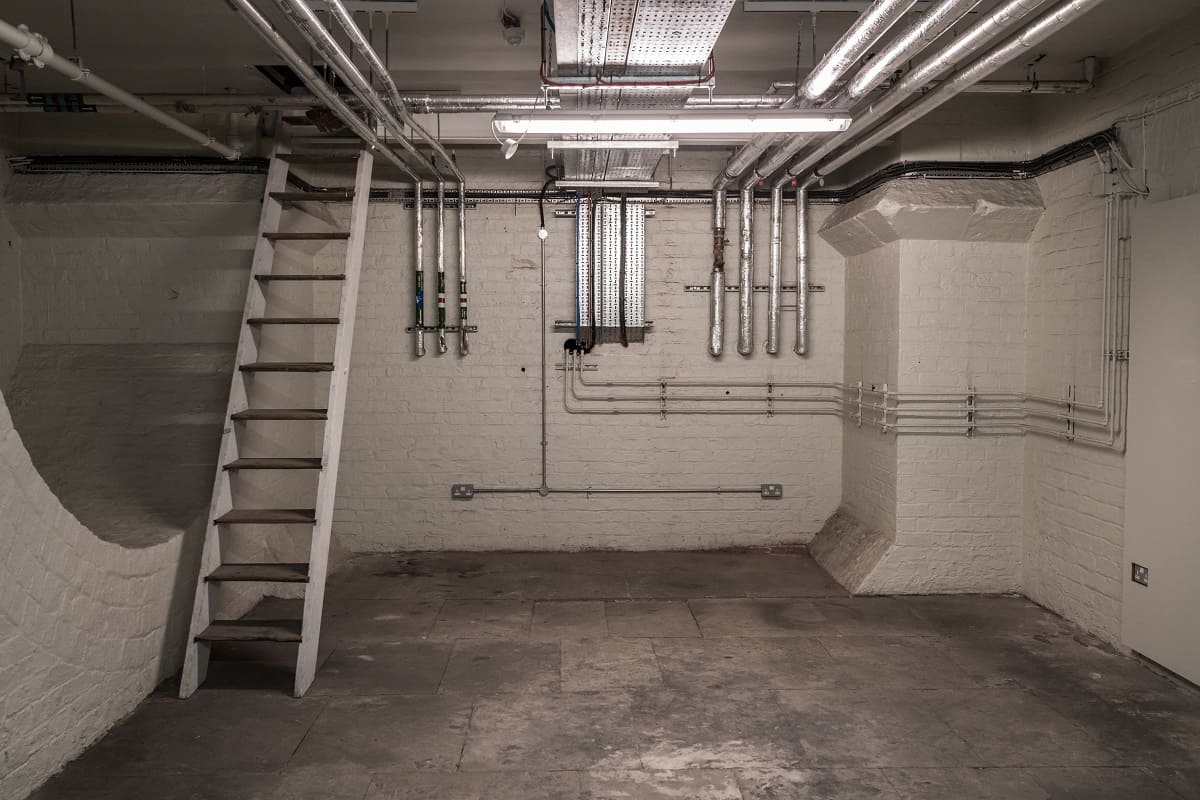

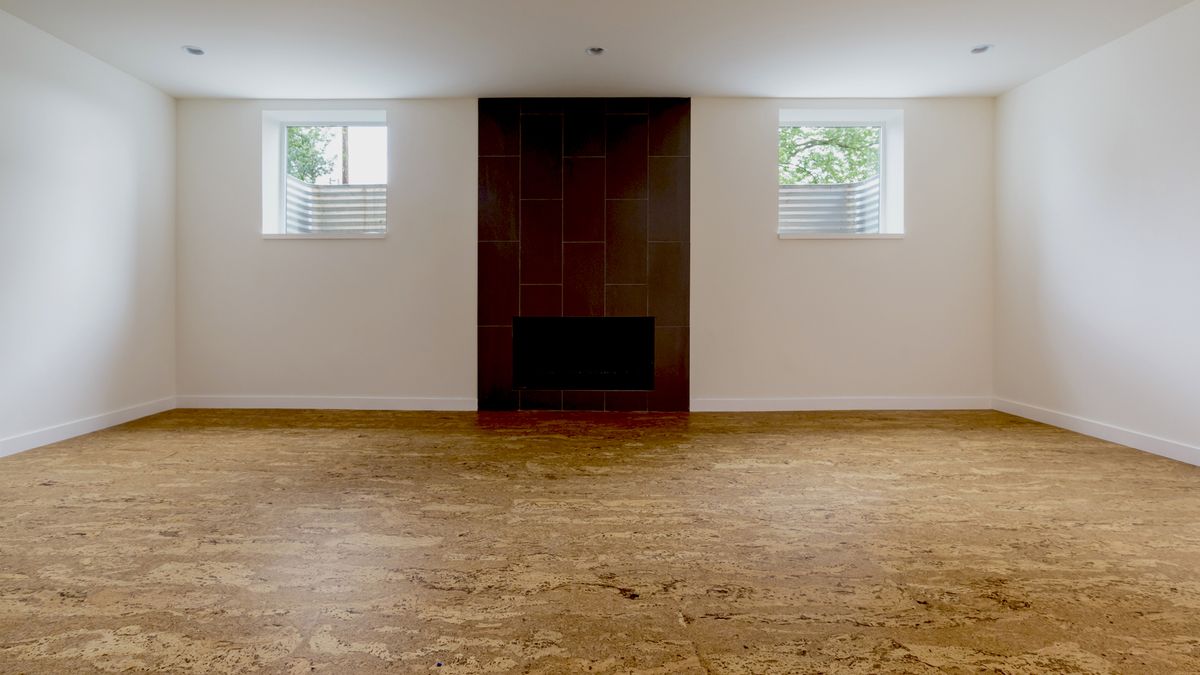


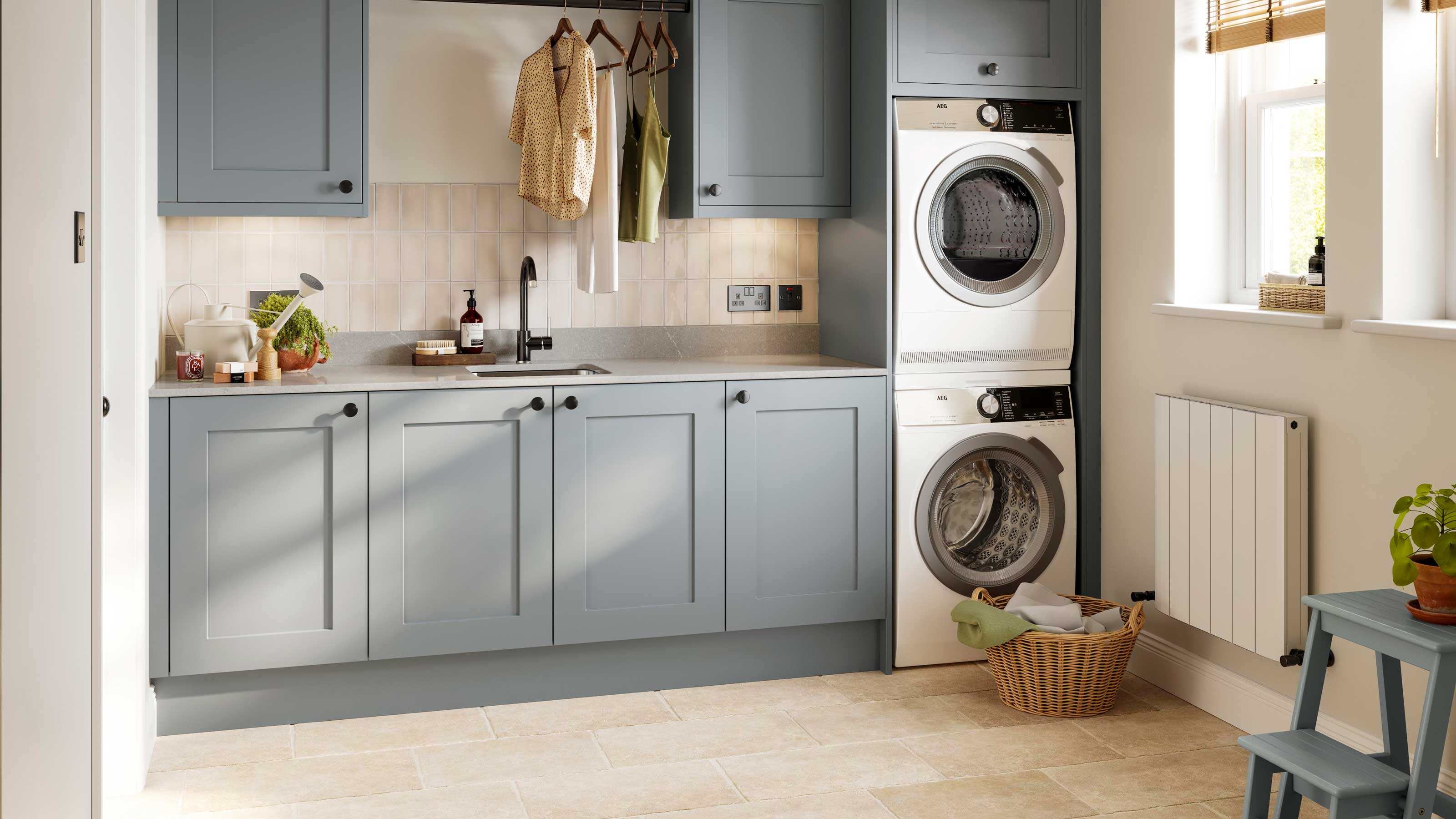

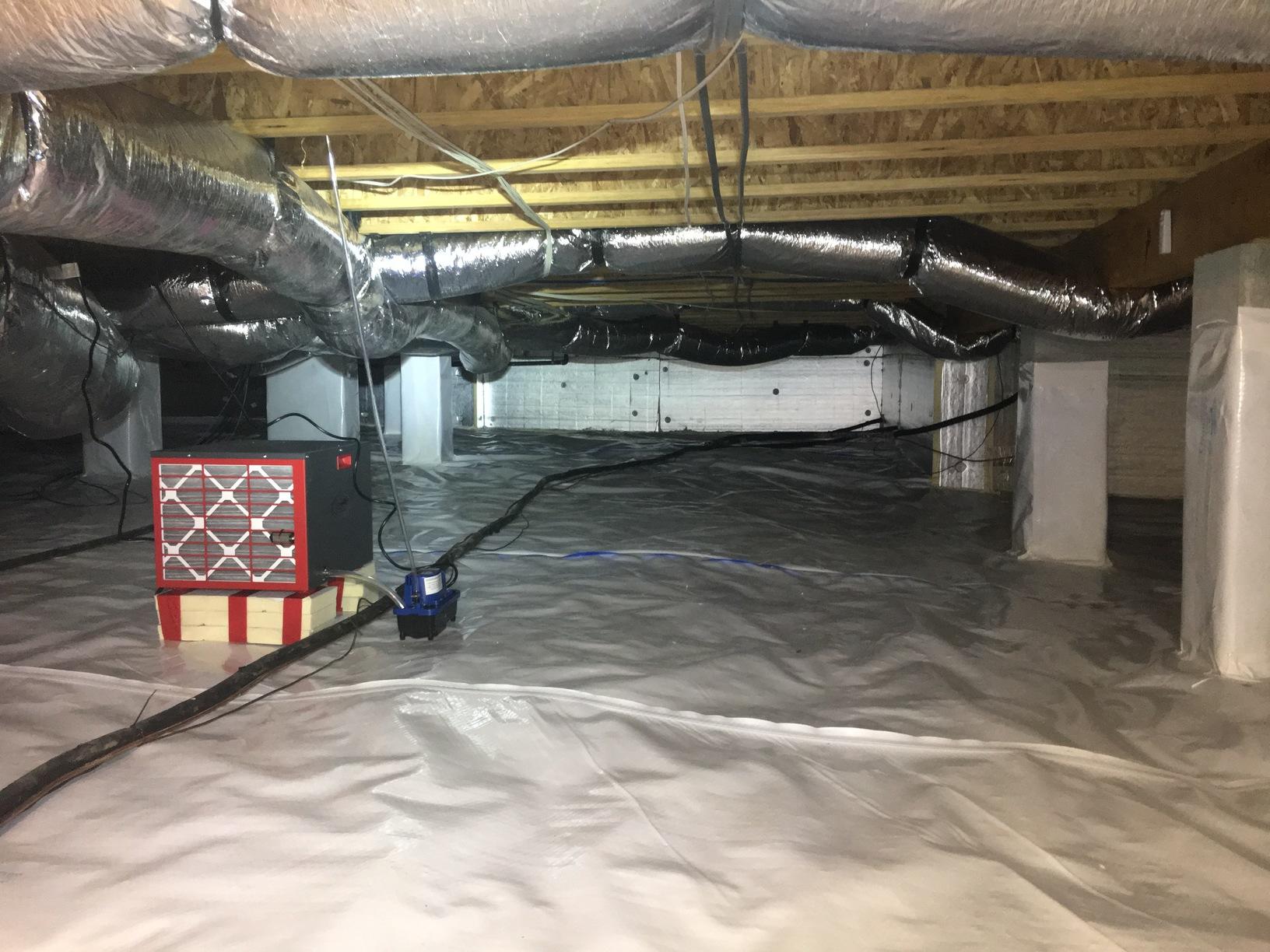


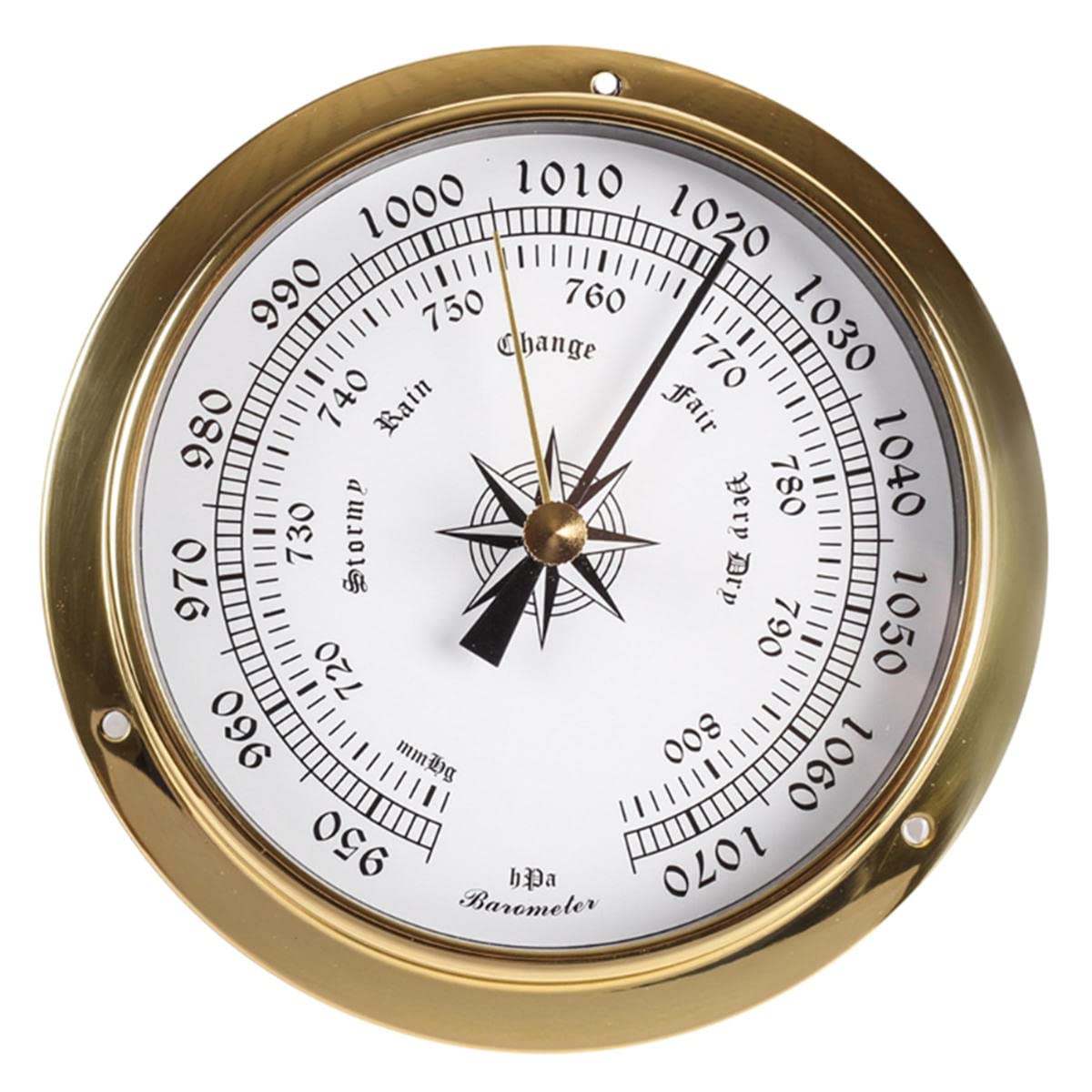
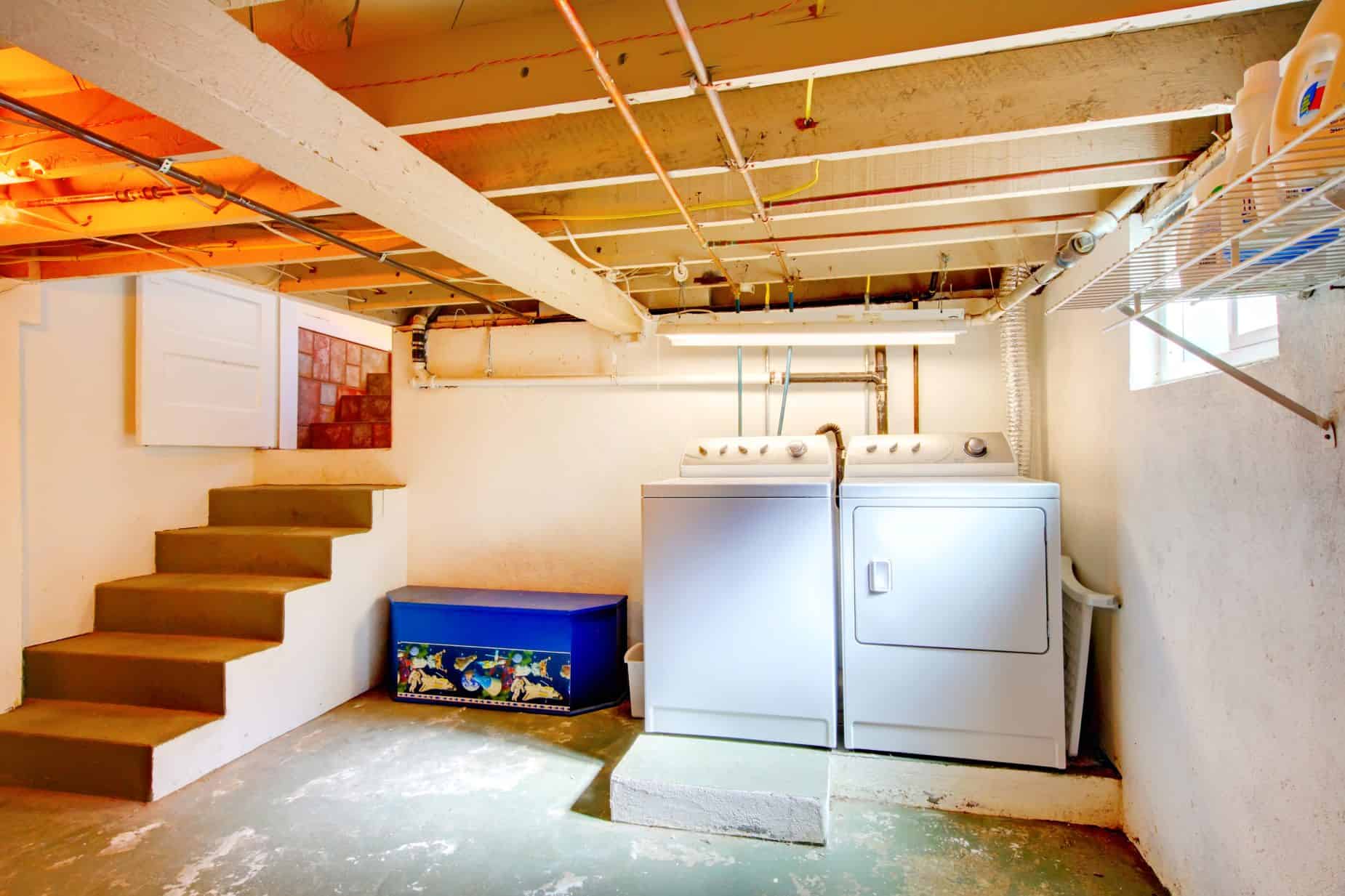
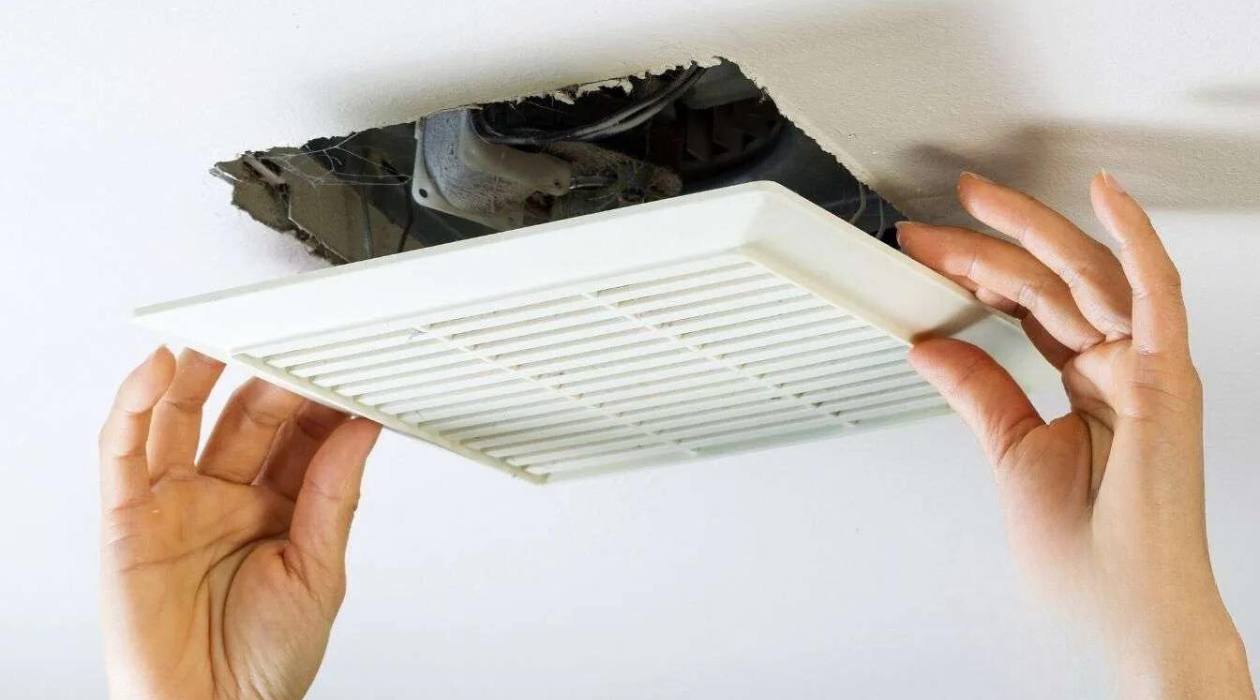
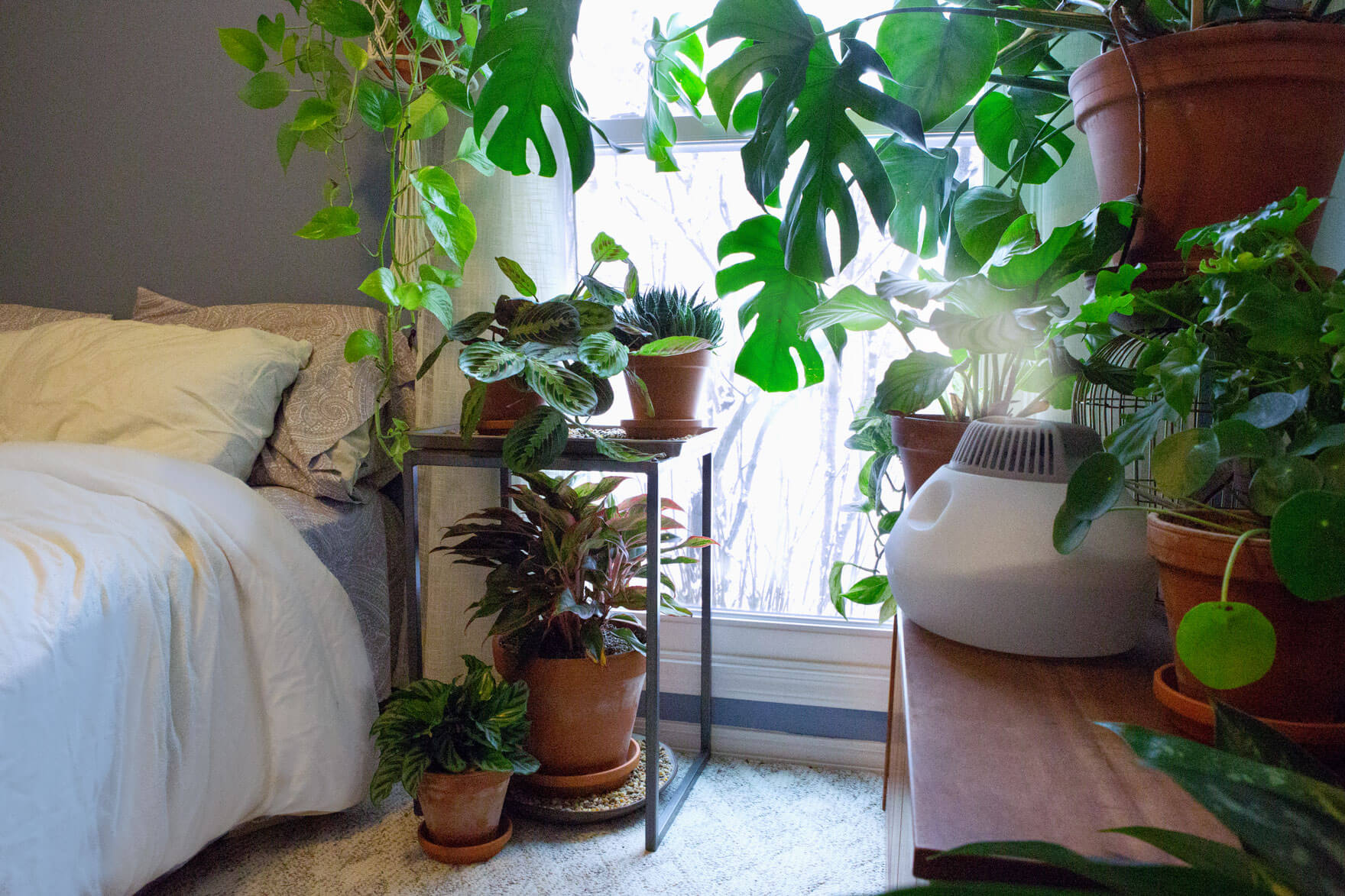


0 thoughts on “How To Set Humidity On Thermostat”